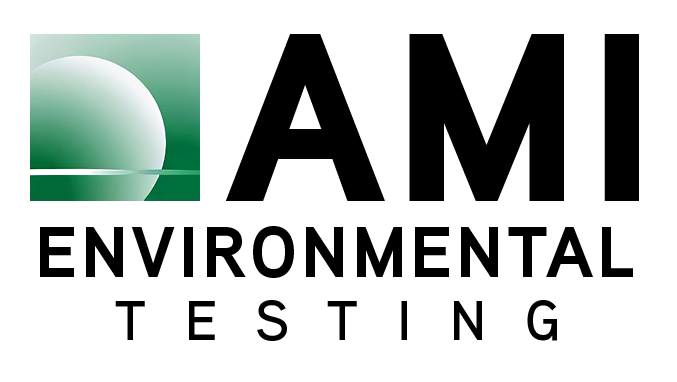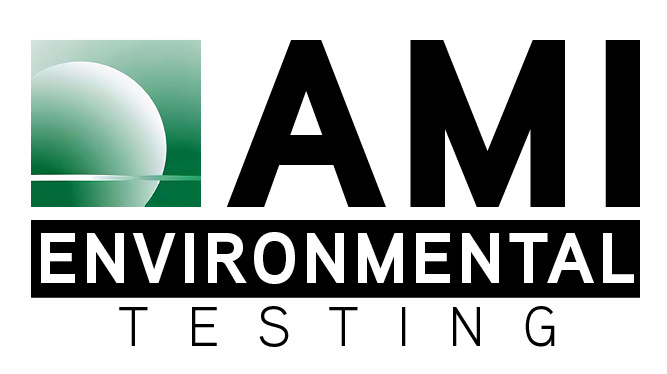Improving Indoor Air Quality (IAQ) and Indoor Environmental Quality (IEQ) is a main focus of modern architecture and engineering. By integrating proactive measures into building design, architects and engineers, in collaboration with environmental consultants, can create healthier and more comfortable indoor environments. Here are some key strategies for achieving these improvements:
- Ventilation Systems: Proper ventilation is essential for maintaining good IAQ. Architectural designs should include efficient HVAC systems with advanced filtration and air purifiers to remove airborne contaminants. Engineers can implement demand-controlled ventilation systems that adjust airflow based on occupancy and indoor air quality sensors.
- Building Materials: Selecting low-emission materials is critical. Opting for paints, adhesives, and finishes that have low volatile organic compounds (VOCs) reduces the presence of harmful chemicals in the air. Additionally, non-toxic and sustainable materials can significantly improve IEQ.
- Natural Light: Maximizing natural light not only enhances the aesthetic appeal of a building but also contributes to better IAQ and IEQ. Large windows, skylights, and light wells improve natural light penetration. Natural light has been shown to enhance mood and productivity while reducing reliance on artificial lighting.
- Green Spaces: Integrating indoor plants and green walls can improve IAQ by absorbing pollutants and increasing humidity.
- Thermal Comfort: Ensuring thermal comfort is vital to IEQ. Designing buildings with effective insulation, shading systems, and temperature control mechanisms aids in maintaining a comfortable indoor climate and prevents temperature extremes.
By incorporating these proactive measures, architects and engineers can significantly enhance IAQ and IEQ, leading to healthier, more sustainable, and more comfortable buildings. This not only benefits occupants but also contributes to the overall well-being of the environment.



